Duesseldorf, a stylish thing
Duesseldorf is considered one of the most affluent cities in Western Germany, as well as its money source and exhibition centre. Here one should, among other things, take a walk down the famous Royal Alley, sail on the Rhein, enjoy a pint of beer at the world's longest bar stand, have a photo taken with Radschleger and climb to the top of the Rhein TV tower.
Cafes, bars and restaurants in Duesseldorf
Отели города Duesseldorf
See all
Restaurants
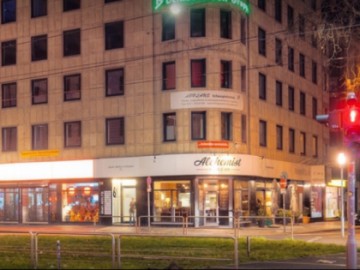
Alchemist
Bistro • Bar
+49 211 30035660
Payment methods:
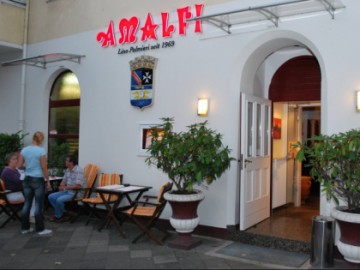
Amalfi
Restaurant • Pizzeria • Catering
+49 211 329411
Payment methods:
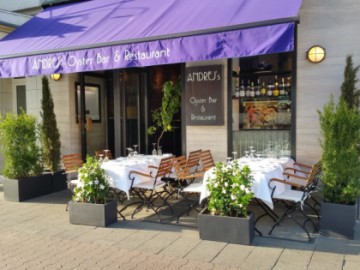
Andrej's Oyster
Fish restaurant • Bar
+49 211 93890078
Payment methods:
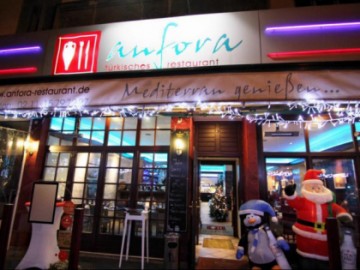
Anfora
Restaurant • Catering
+49 211 15797227
Payment methods:
All sights in DuesseldorfSee all
Landmarks in the city Duesseldorf
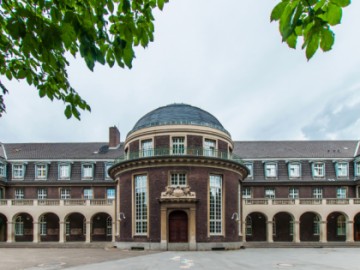
Kaiserswerth
Architectural Monuments • Castles, Fortresses and Palaces
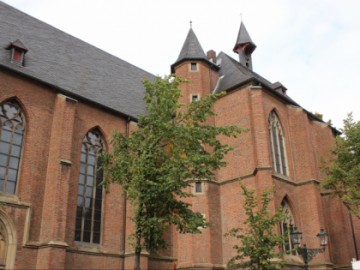
St Lambert's Basilica
Architectural Monuments

A marketplace
Architectural Monuments • Other places

Konigsallee
Parks and recreation • Other places
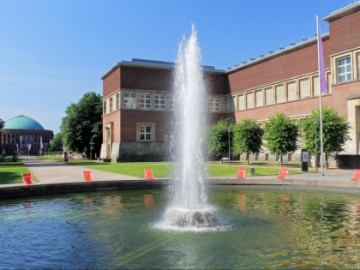
The Arts Palace
Museums and Exhibitions • Castles, Fortresses and Palaces
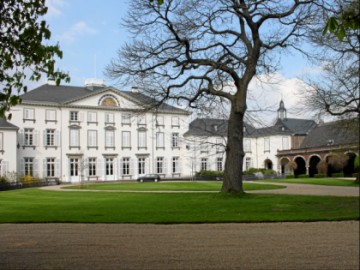
Helltorf Palace
Castles, Fortresses and Palaces
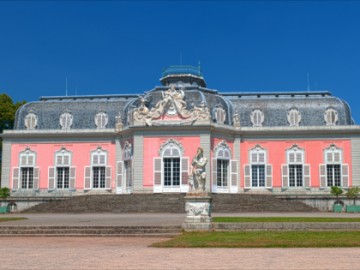
Benrath Palace
Museums and Exhibitions • Castles, Fortresses and Palaces
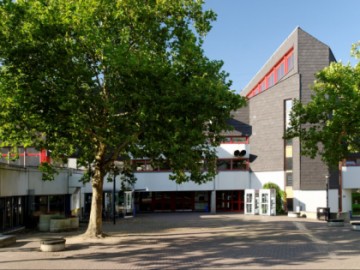
Heinrich Heine House-Museum
Museums and Exhibitions
Nearby
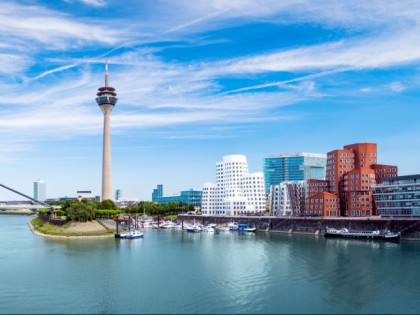


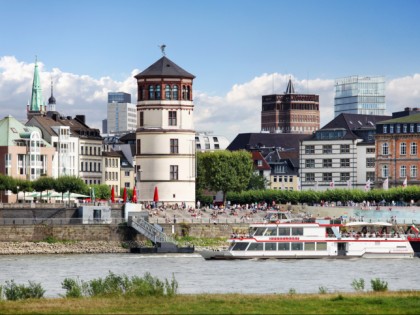

 Castles, Fortresses and Palaces
Castles, Fortresses and Palaces
 Parks and recreation
Parks and recreation
 Museums and Exhibitions
Museums and Exhibitions
 Architectural Monuments
Architectural Monuments
 Other places
Other places